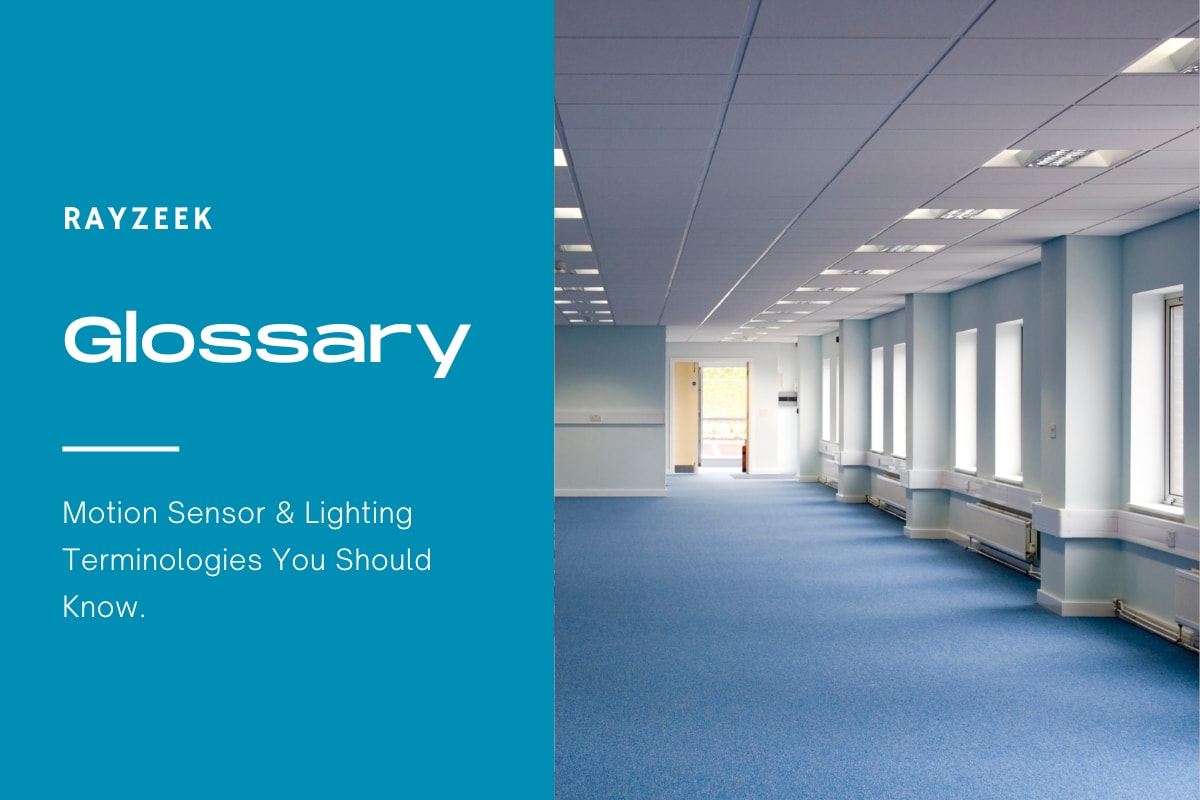What is Reflection
Reflection is the phenomenon where light waves encounter a surface or boundary that does not absorb the energy of the radiation and instead bounces the waves away from the surface. This process plays a fundamental role in our perception of objects that do not emit their own light.
Get Inspired by Rayzeek Motion Sensor Portfolios.
Doesn't find what you want? Don't worry. There are always alternate ways to solve your problems. Maybe one of our portfolios can help.
The law of reflection governs how light behaves when it encounters a surface. According to this law, the angle at which the incoming light strikes the surface, known as the angle of incidence, is equal to the angle at which the light bounces off the surface, known as the angle of reflection. In other words, the angle of incidence and the angle of reflection are always the same.
There are two types of reflection commonly observed: specular reflection and diffuse reflection. Specular reflection occurs when light reflects off a smooth surface, such as a mirror or polished metal. In this case, the reflected light rays maintain their original direction, resulting in a clear and well-defined reflection. Specular reflection is often used in applications where a precise and focused reflection is desired, such as in spotlights or headlights.
On the other hand, diffuse reflection occurs when light reflects off a rough or irregular surface, such as a matte wall or textured fabric. In this case, the reflected light rays scatter in different directions upon hitting the surface, creating a more scattered and diffused reflection. Diffuse reflection is commonly used in lighting design to create soft and even illumination, as it helps to minimize glare and reduce harsh shadows.
Understanding the concept of reflection allows professionals to control the distribution of light and achieve desired visual effects. By considering the angle of incidence and the properties of the reflecting surface, lighting experts can manipulate reflection to enhance visibility, reduce glare, or create specific lighting atmospheres.

























